How To Identify And Attract Giant Swallowtail Butterflies

Looking up at the sky and spotting a butterfly the size of your hand can stop you in your tracks! Giant Swallowtails are North America’s largest butterflies, with wingspans reaching a whopping 6 inches.
These magnificent creatures add wonder to any garden, and with a few simple tricks, you can turn your yard into a butterfly paradise they can’t resist.
1. Know Your Butterfly: Recognizing Giant Swallowtails
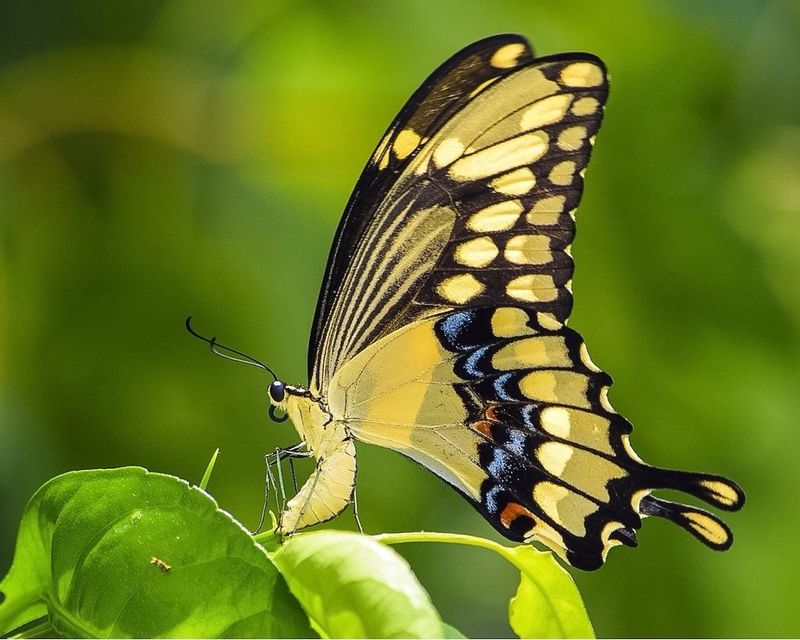
Imagine a butterfly that could cover your palm! Giant Swallowtails are dark brown or black with striking yellow bands forming an ‘X’ pattern across their wings.
Their distinctive forked tails and impressive 4-6 inch wingspan make them unmistakable among garden visitors. Each wing features a dusting of blue and red spots near the tail edge.
2. Caterpillar Disguise: The Bird Poop Masquerade
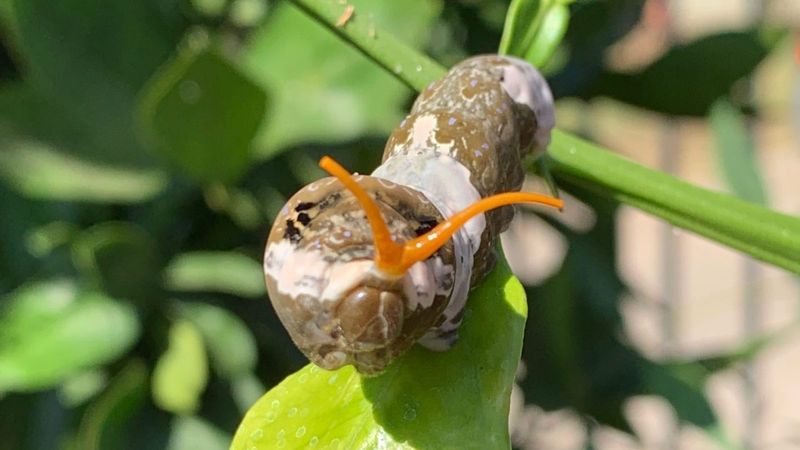
Mother Nature’s best disguise artist! Young Giant Swallowtail caterpillars look exactly like fresh bird droppings – a brilliant defense against hungry birds. As they mature, these clever caterpillars develop a brown and white mottled pattern.
When threatened, they reveal a bright orange forked organ called an osmeterium that emits a citrusy smell to deter predators.
3. Plant Their Favorite Food: Citrus Connection
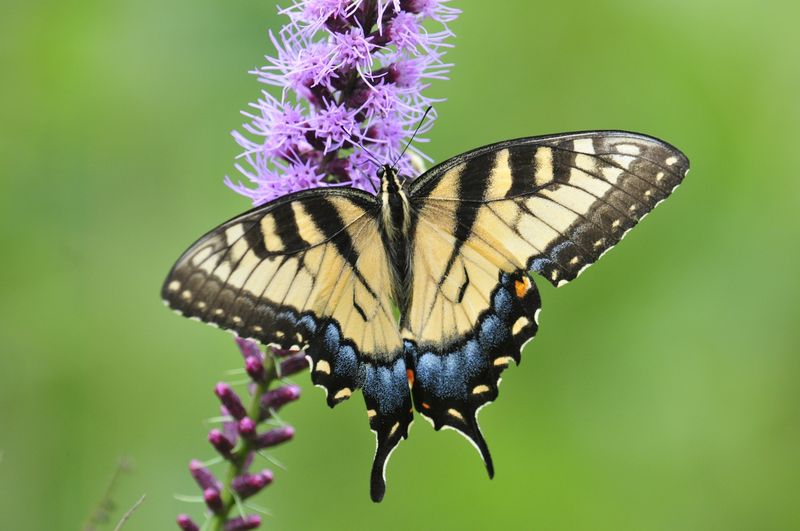
Feeling zesty? Giant Swallowtails earned their nickname “orange dogs” because their caterpillars munch exclusively on citrus family plants. Common rue, prickly ash, hop tree, and any citrus varieties (lemon, lime, orange) make perfect host plants.
Even in northern gardens without citrus trees, planting common rue or wafer ash will successfully attract egg-laying females.
4. Nectar Buffet: Adult Butterfly Dining
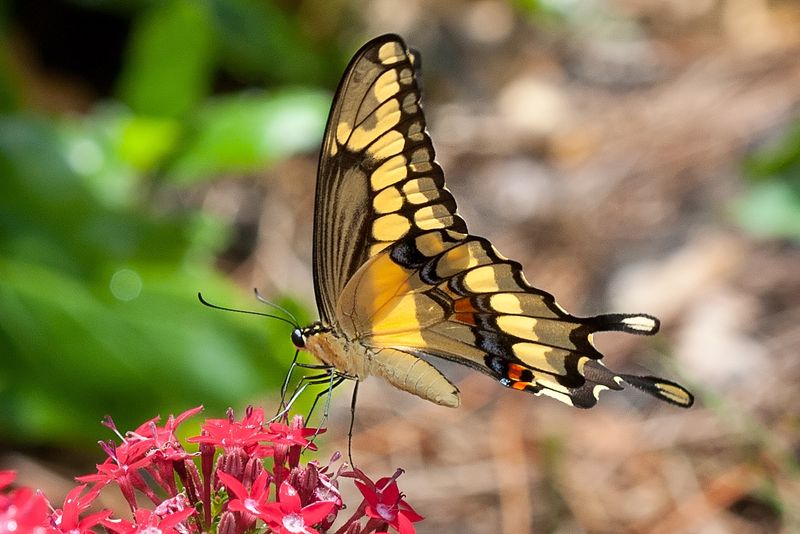
Sweet treats for fluttery friends! While caterpillars need citrus, adult Giant Swallowtails crave flower nectar from specific blooms. Plant butterfly bush, lantana, milkweed, zinnias, and tithonia (Mexican sunflower) for a nectar-rich feast.
Their extra-long proboscis allows them to reach deep into tubular flowers like pentas and salvias that other butterflies can’t access.
5. Sunny Spaces: Creating Basking Spots

Sun-worshippers alert! These butterflies need warm muscles to fly, making sunny spots essential in your butterfly garden. Create open areas with flat rocks or bare soil that heat up during the day.
Position your butterfly-friendly plants in locations that receive at least 6 hours of direct sunlight daily for maximum swallowtail activity.
6. Water Features: Butterfly Drinking Stations
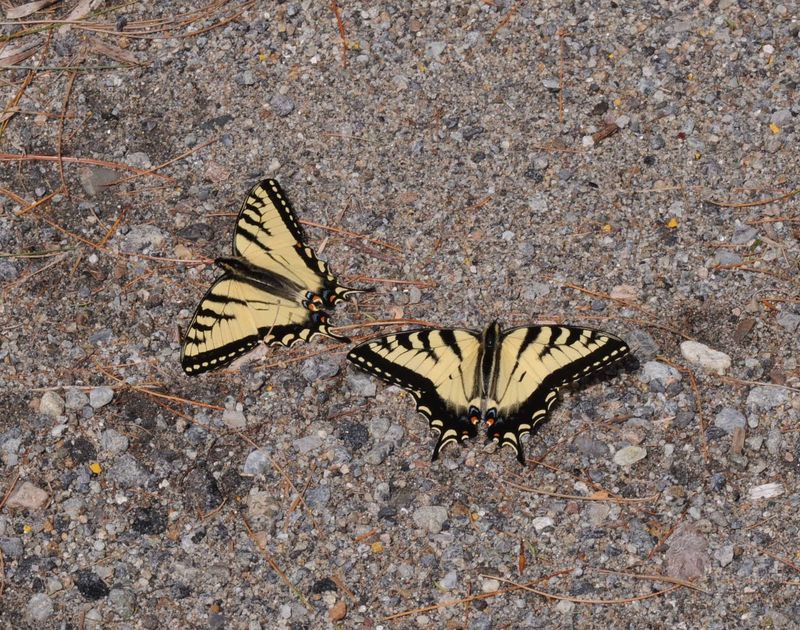
Butterflies get thirsty too! Giant Swallowtails practice “puddling” – gathering around damp areas to sip water and absorb minerals.
Create a butterfly puddling station using a shallow dish filled with wet sand. Add a pinch of salt or a few overripe fruit pieces to attract them. Place these drinking spots near host plants for a complete butterfly habitat.
7. Sheltered Hideaways: Wind Protection Planning

Those massive wings catch the breeze! Giant Swallowtails struggle in strong winds, so creating sheltered areas helps them thrive in your garden. Plant taller shrubs or install decorative trellises on the prevailing wind side of your butterfly garden.
This windbreak strategy creates calm pockets where these large-winged beauties can fly and feed without fighting gusts.
8. Chemical-Free Zone: Safe Butterfly Sanctuary
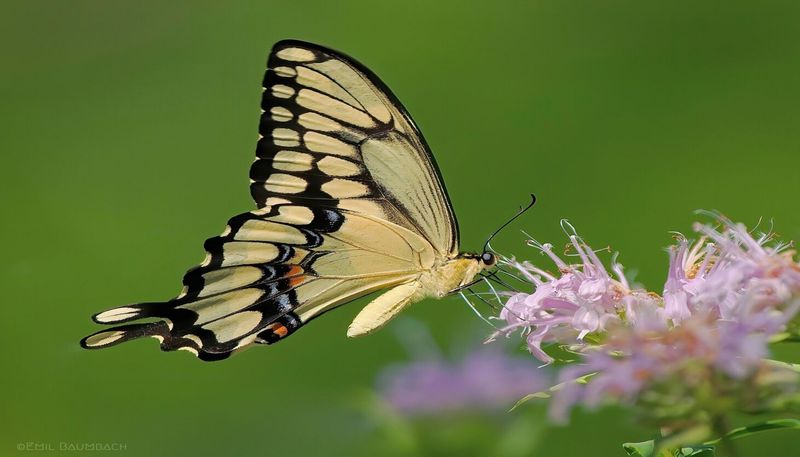
Bugs eating your plants? Resist the spray! Pesticides that kill garden pests also kill butterfly caterpillars and adults. Embrace natural pest control methods like beneficial insects, hand-picking, or organic deterrents.
Remember, those holes in your citrus leaves mean success – Giant Swallowtail babies are growing! A few chewed leaves create magnificent butterflies.
9. Regional Timing: Seasonal Butterfly Calendar
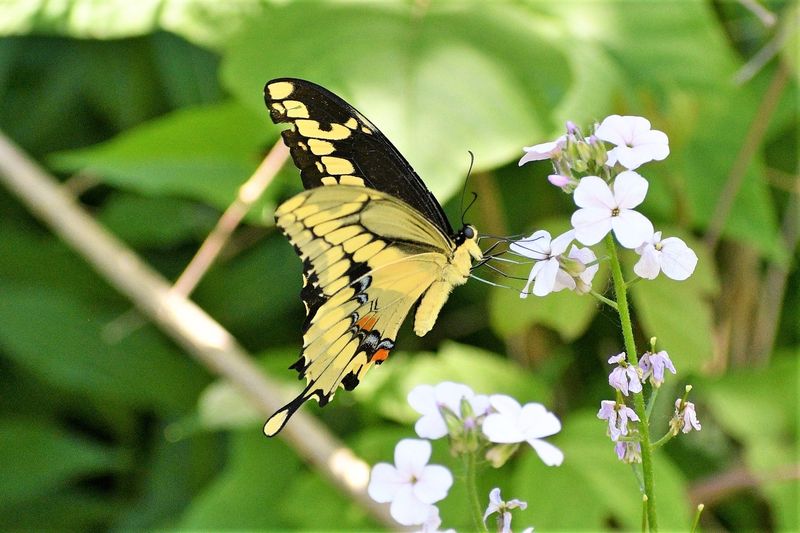
Perfect your timing! Giant Swallowtails produce 2-3 generations annually, with specific flight times varying by region. Southern states see activity February through November, while northern areas typically observe them June through September.
Mark your calendar for your region’s peak flight times and have your camera ready. Early morning and late afternoon offer the best viewing opportunities.
10. Overwintering Mysteries: Chrysalis Protection

Winter survival masters! In cooler regions, Giant Swallowtail chrysalises cleverly mimic broken twigs to hide in plain sight during winter months. These chrysalises attach to host plant stems with a silk girdle.
Leave garden cleanup until spring to avoid accidentally removing overwintering chrysalises. Their camouflage is so effective you might mistake them for actual sticks!






